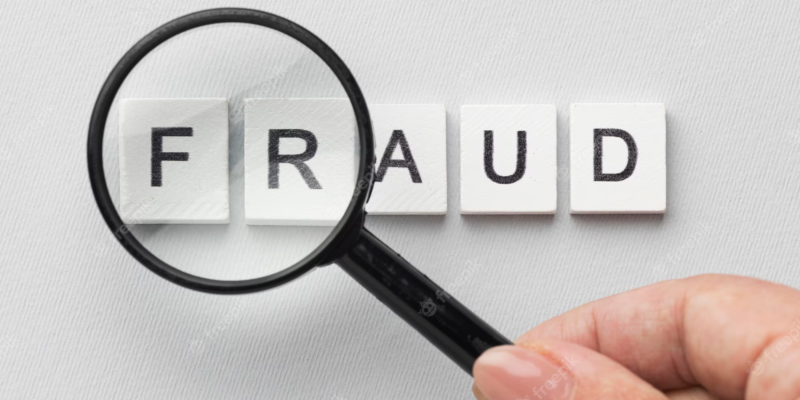Introduction: In today’s interconnected digital landscape, where technology has revolutionized the way we communicate, shop, and conduct business, a dark underbelly exists that preys on unsuspecting individuals – fraud. Scams come in various shapes and forms, from phishing emails to Ponzi schemes, and they continue to evolve alongside technology. This article aims to shed light on the intricacies of scams, their devastating impact, and provide readers with essential tips to protect themselves from falling victim to these cunning traps.
The Ever-Evolving Scam Landscape
Scammers are opportunistic and adaptable, leveraging the latest technological advancements to create convincing schemes that can deceive even the most cautious individuals. Traditional scams, such as lottery frauds and chain letters, have morphed into elaborate online schemes, such as romance scams, investment frauds, and identity theft.
One of the most prevalent scams today is phishing. Cybercriminals impersonate legitimate organizations through well-crafted emails, websites, or messages, aiming to trick recipients into revealing personal information, financial details, or login credentials. Another alarming trend is the rise of cryptocurrency scams, where scammers exploit the excitement surrounding digital currencies to steal funds from unsuspecting investors.
Recognizing the Red Flags
While scams have become increasingly sophisticated, there are common warning signs that individuals can watch out for:
- Too Good to Be True Offers: Scammers often promise unrealistically high returns on investments or products that seem too good to be true.
- Urgent Calls to Action: Scammers create a sense of urgency, pressuring victims to act quickly without proper consideration.
- Unsolicited Requests for Personal Information: Legitimate organizations seldom ask for sensitive information via email or message.
- Unusual Payment Methods: Be cautious of requests for unconventional payment methods like gift cards, wire transfers, or cryptocurrency.
- Poor Grammar and Spelling: Many fraud originate from non-English speaking regions, leading to frequent language errors.
- Impersonation of Trusted Entities: Scammers often impersonate government agencies, financial institutions, or well-known companies to gain credibility.
Protecting Yourself Against Scams
In an age where scams are rampant, adopting proactive measures to safeguard oneself is essential:
- Stay Informed: Keep up-to-date with the latest scam trends and educate yourself about potential threats.
- Verify Requests: Always verify requests for personal information or payments through trusted channels before responding.
- Secure Your Online Presence: Use strong, unique passwords for each online account and enable two-factor authentication whenever possible.
- Be Cautious with Links and Attachments: Don’t click on suspicious links or download attachments from unknown sources.
- Check Website URLs: Ensure websites have legitimate URLs and look for “https://” to verify a secure connection.
- Trust Your Instincts: If something seems too good to be true or feels off, trust your instincts and research further before proceeding.
- Report Suspicious Activity: If you encounter a potential scam. Report it to relevant authorities or platforms to prevent others from falling victim.
Conclusion
Scams represent a complex and ever-evolving challenge in today’s interconnected world. With cybercriminals constantly devising new methods to deceive, it is crucial for individuals to arm themselves with knowledge and vigilance. By staying informed, recognizing red flags, and adopting preventive measures. We can collectively combat fraud and create a safer digital environment for all. Remember, knowledge is your best defense against the web of deceit that scammers weave.

